Excellence is built, not born
Swing based on data
Experience the clear difference.
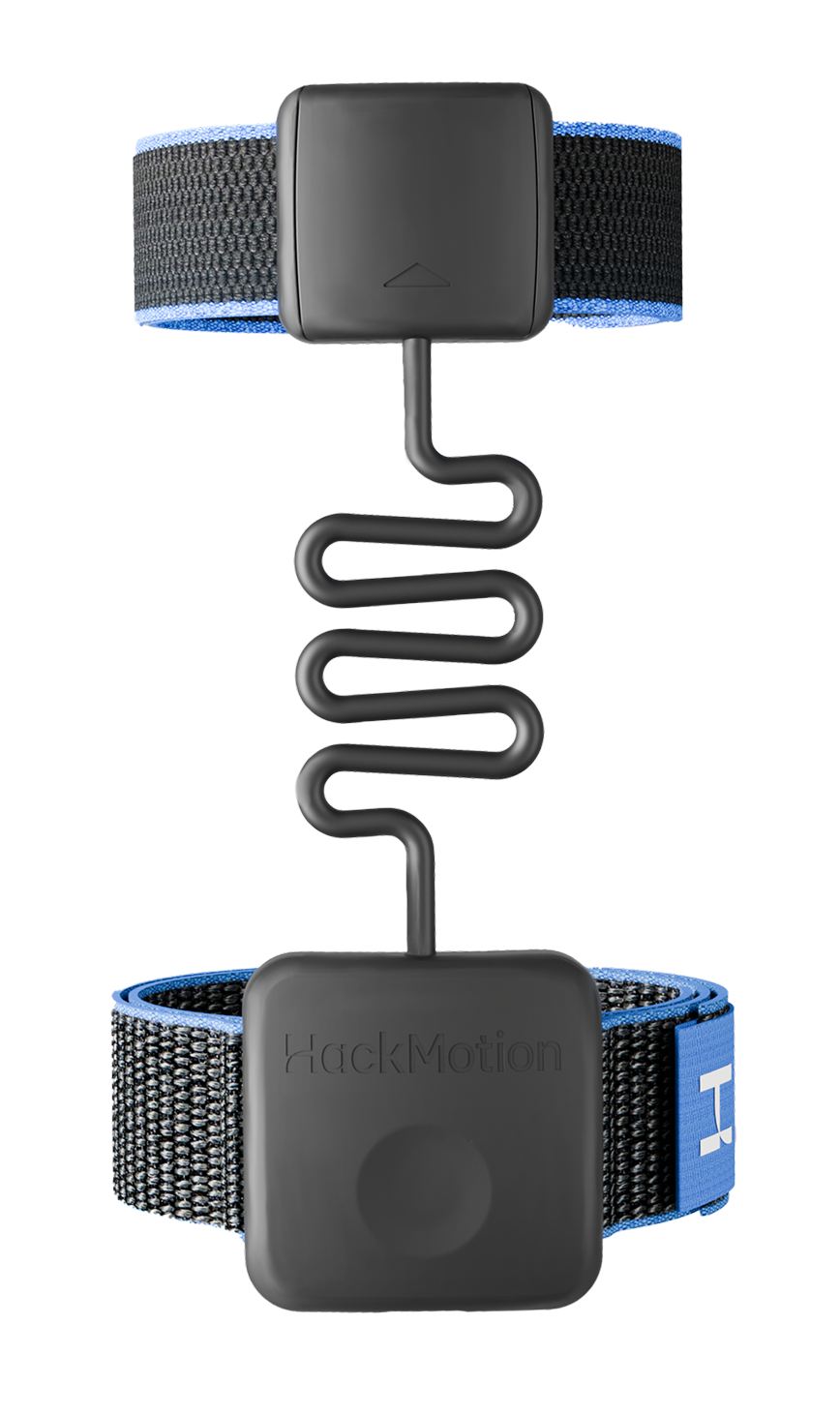
Target the faults holding you back
- Casting
- Cupped wrist at top
- Flipping
- Poor clubface control
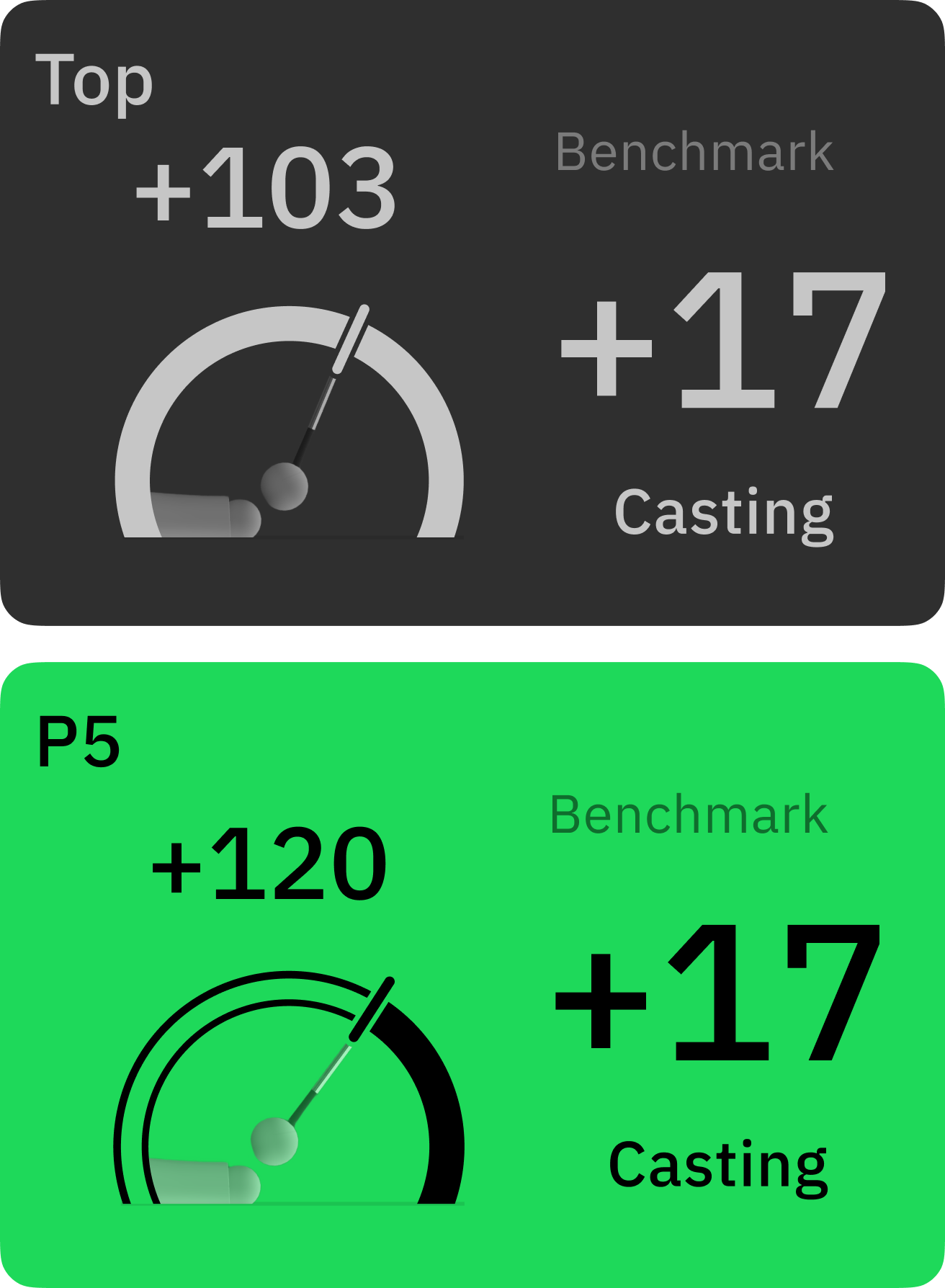
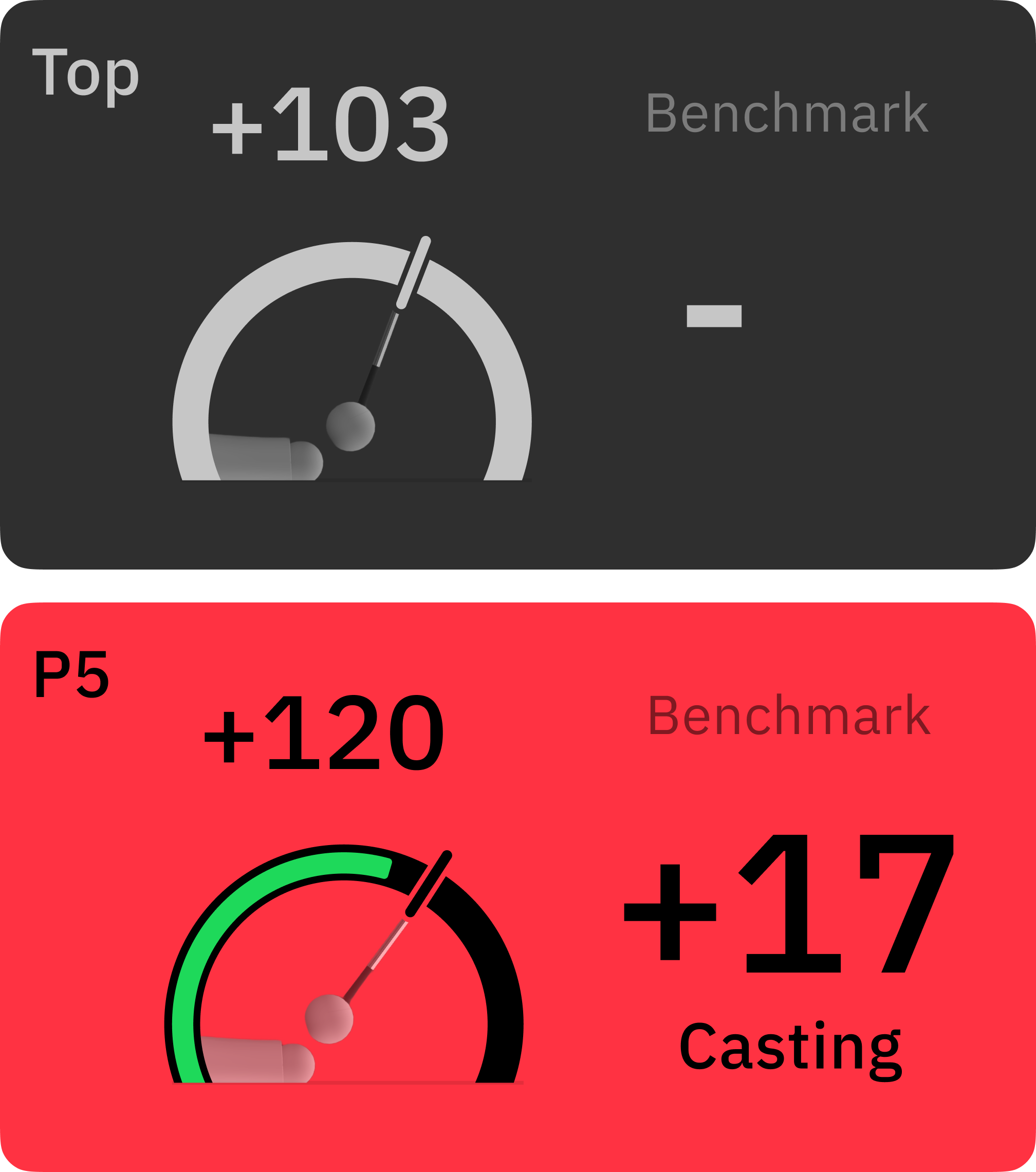
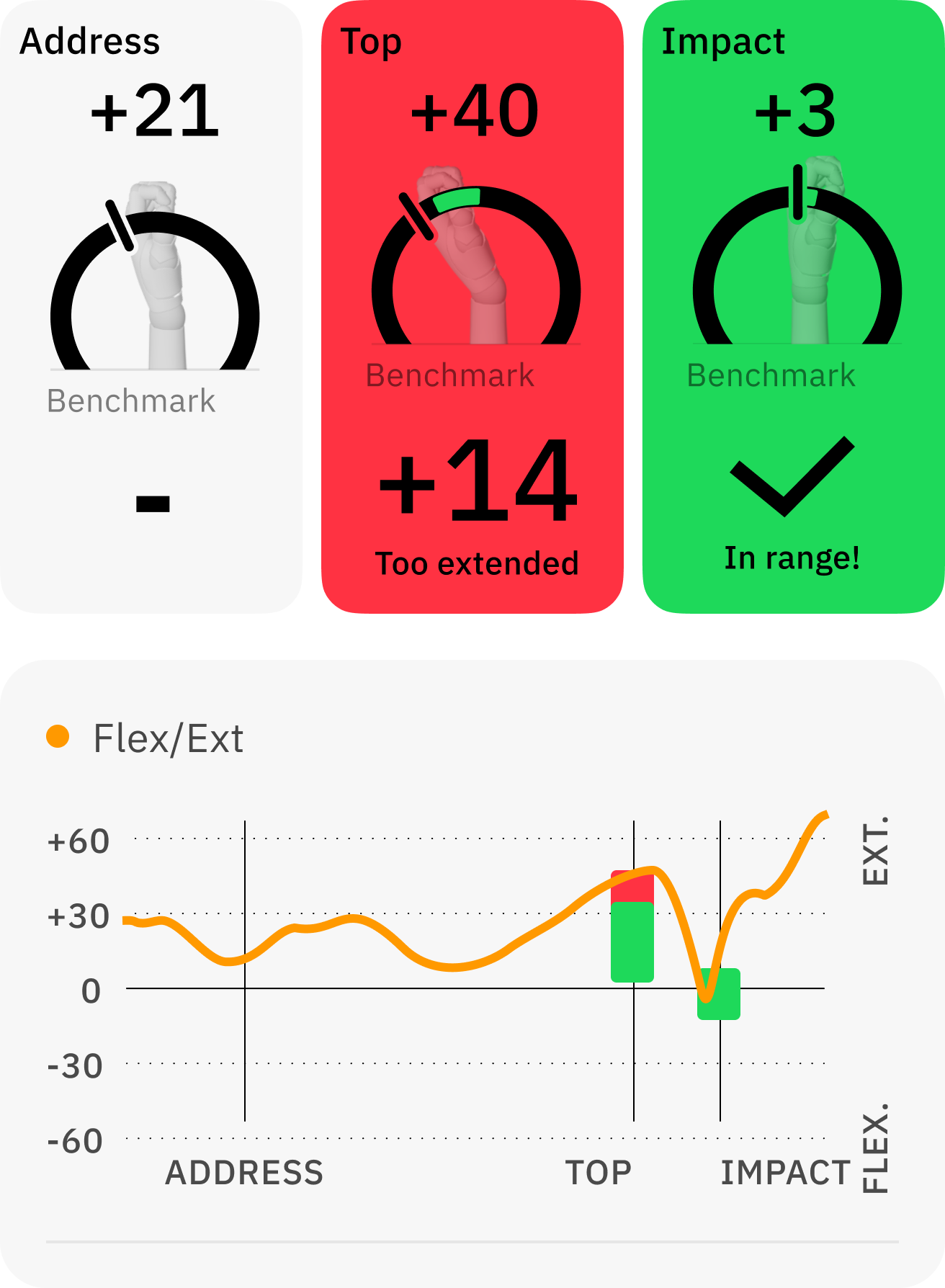
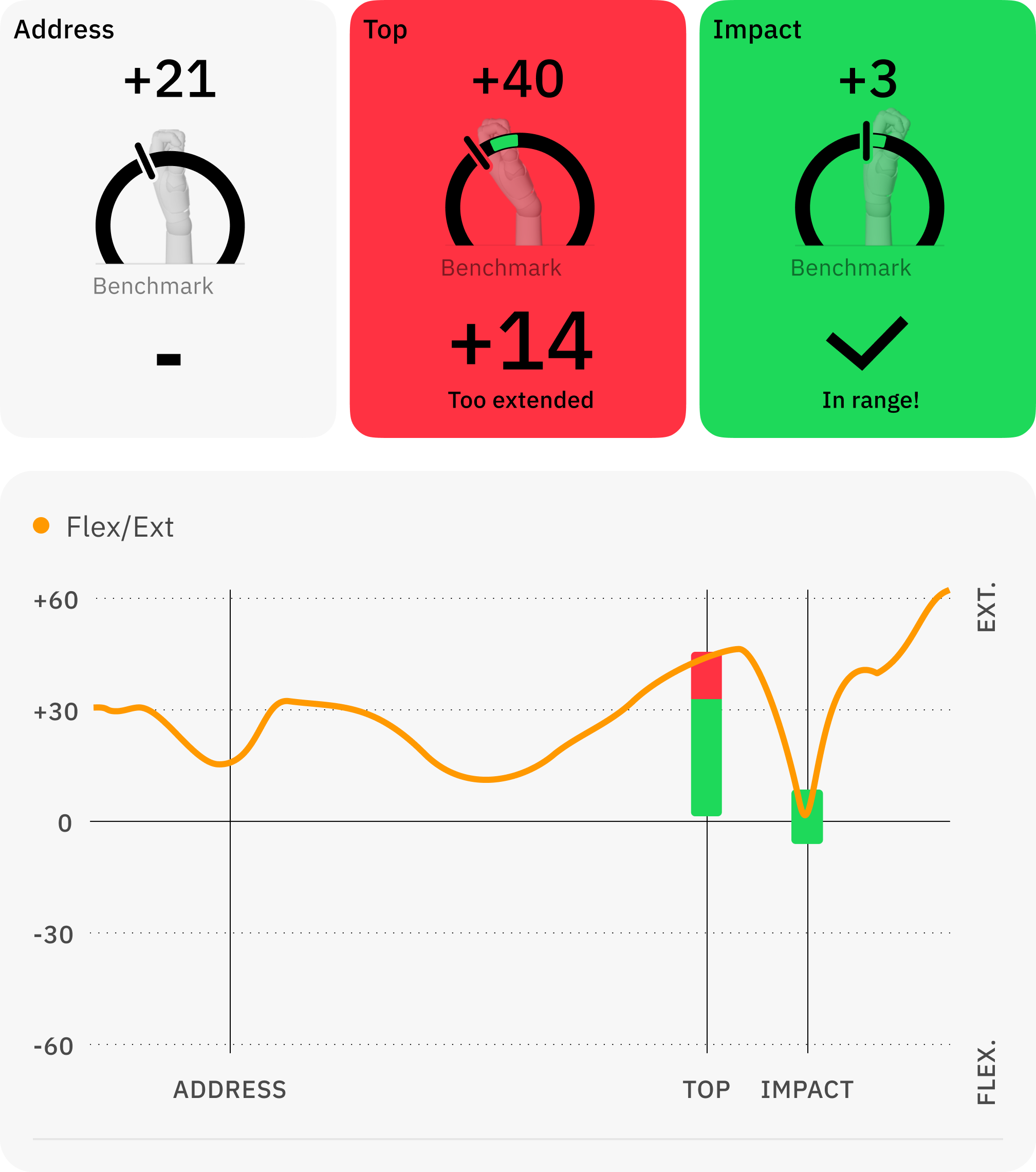
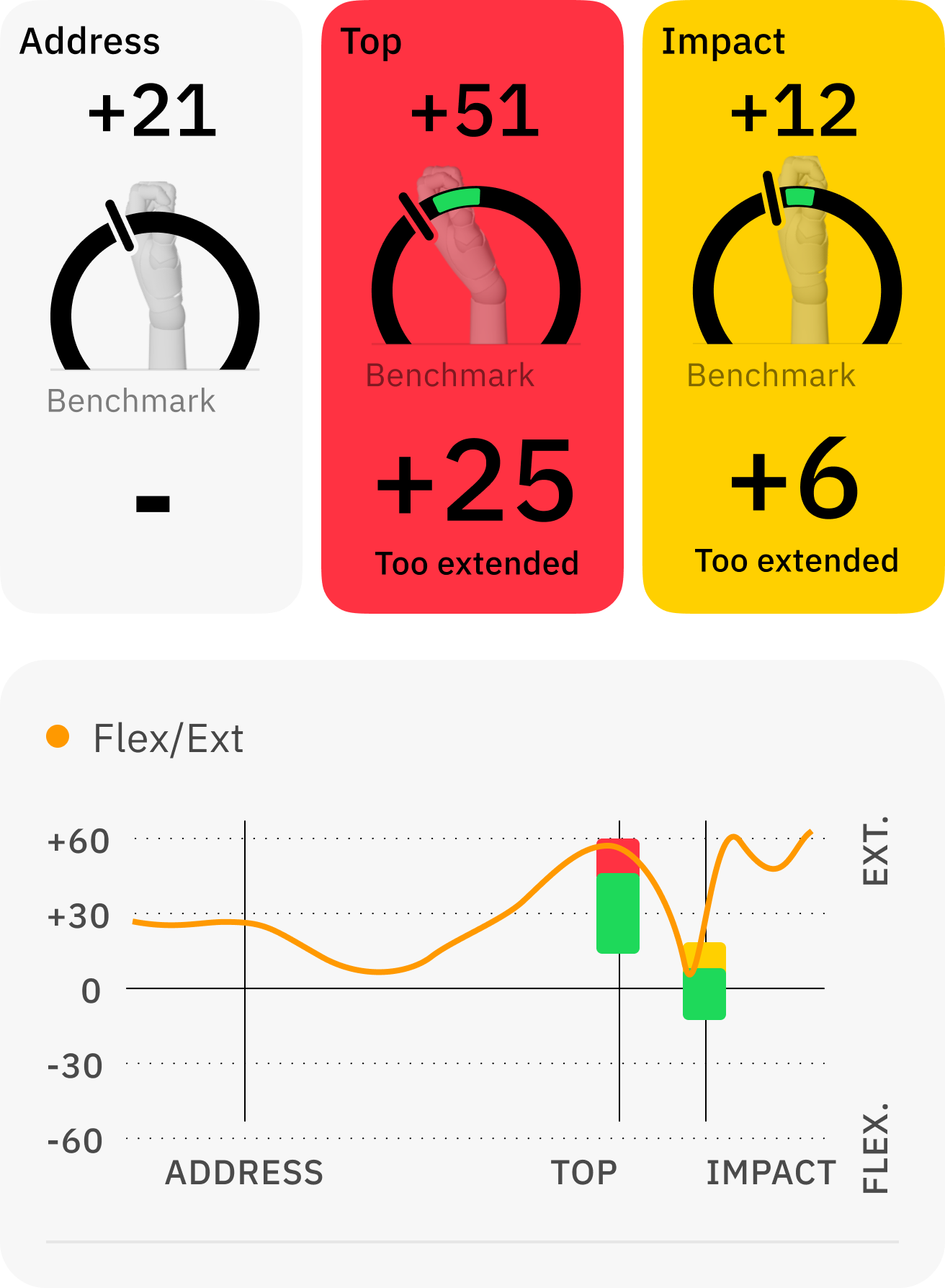
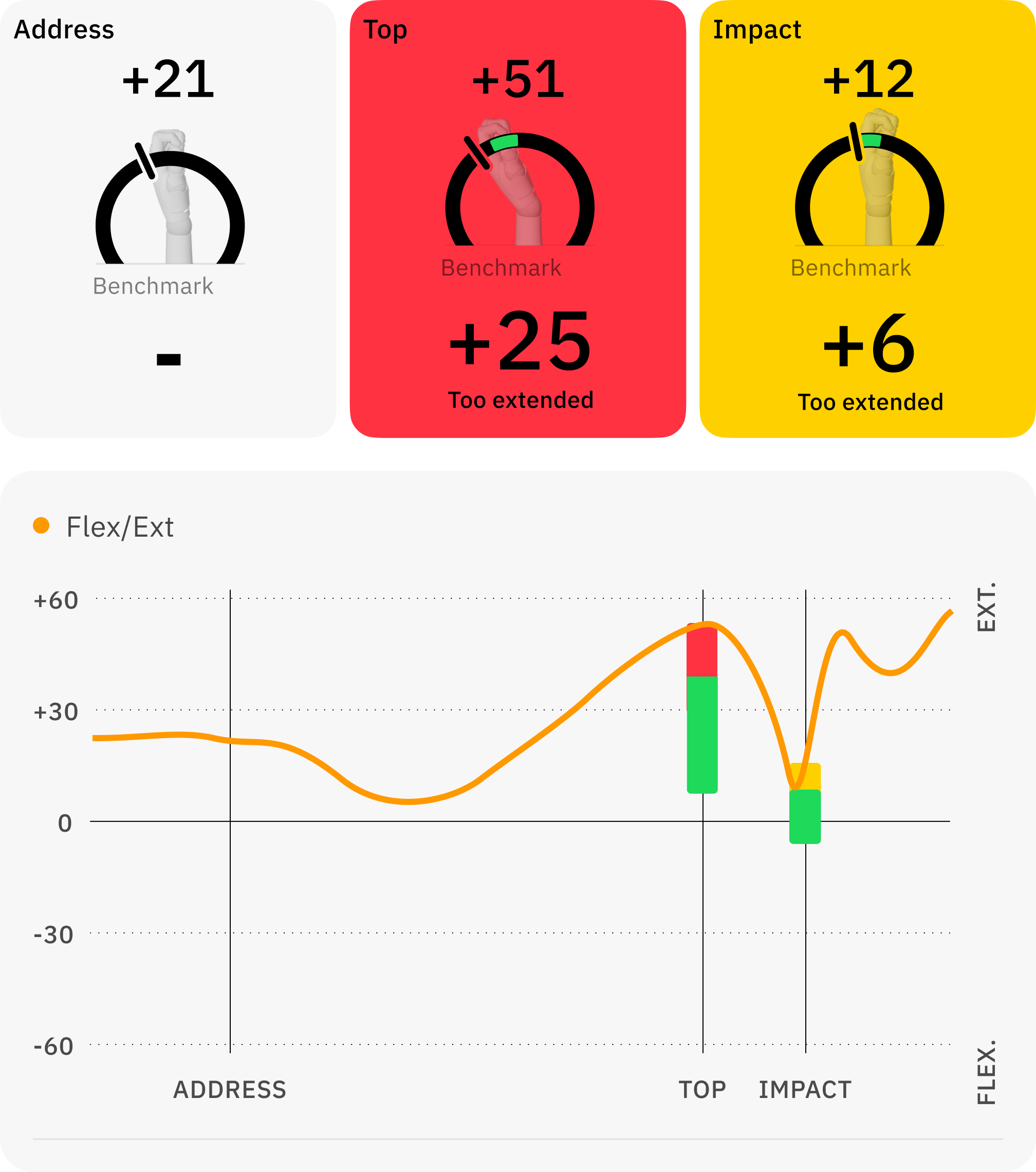
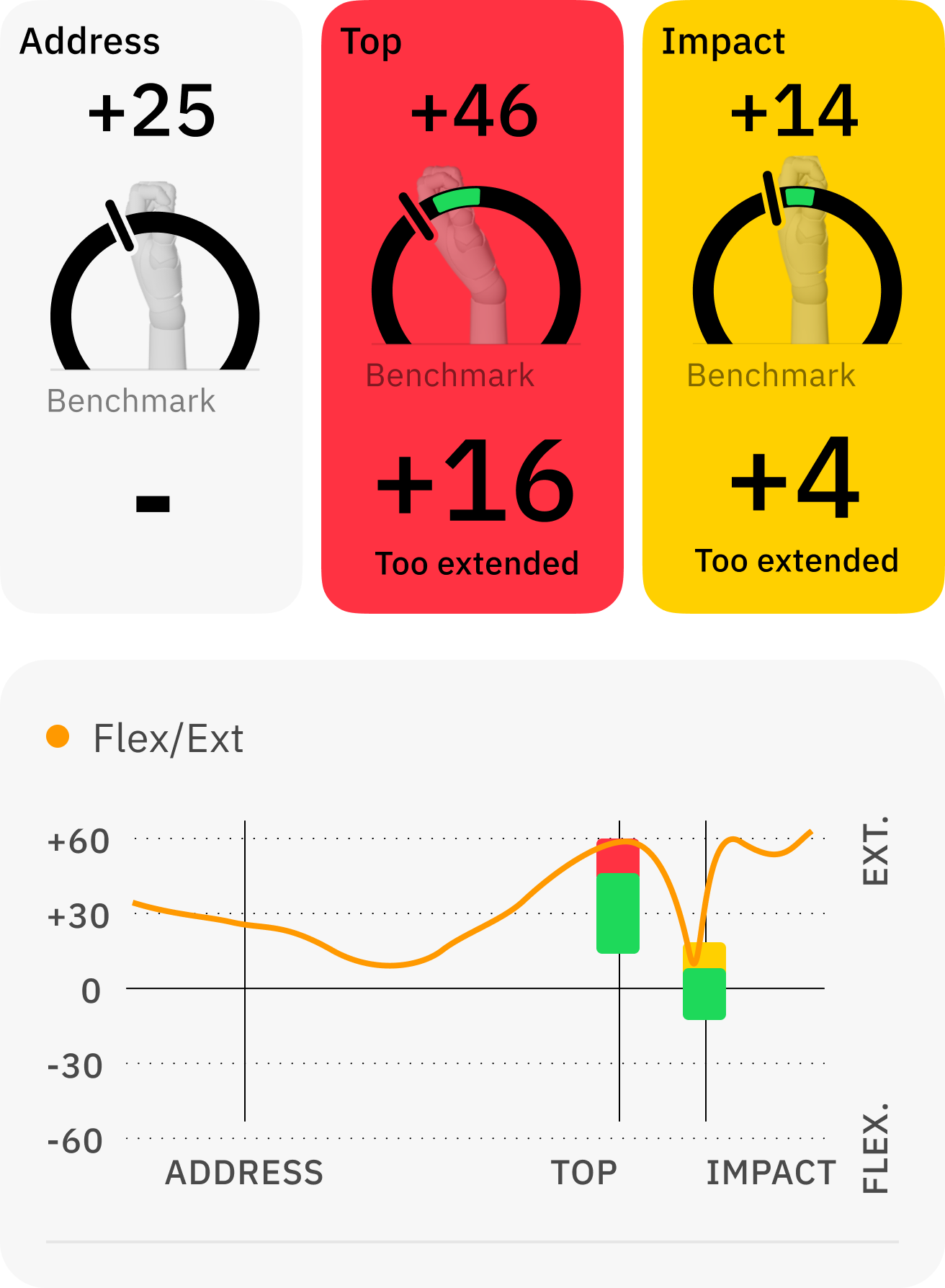
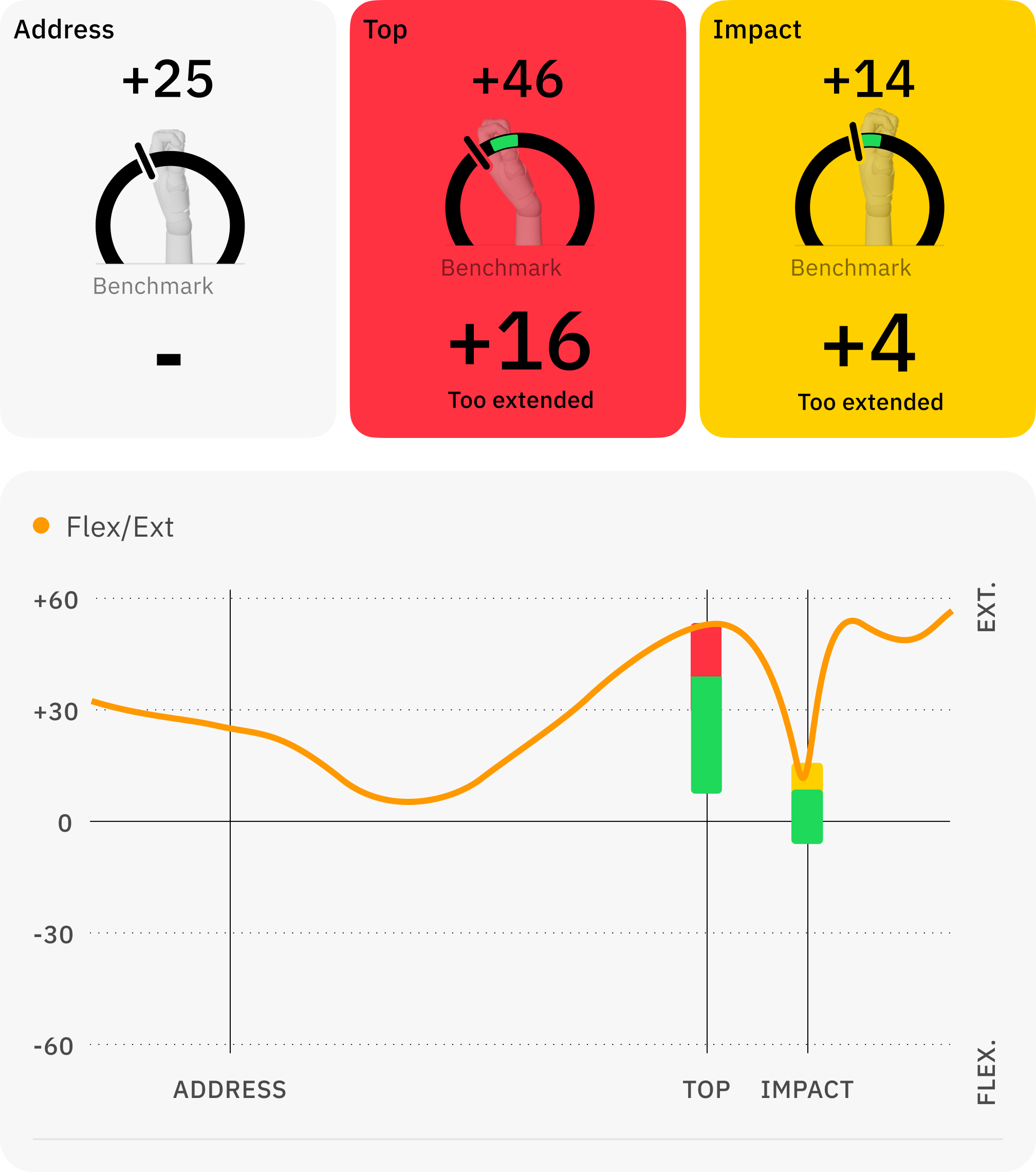










Golficity
See how HackMotion has changed Golficity's game.

RotarySwing
Master wrist angles like Chuck Quinton with HackMotion.

Lets Play Thru
Improve your downswing accuracy with HackMotion – trusted by pros.
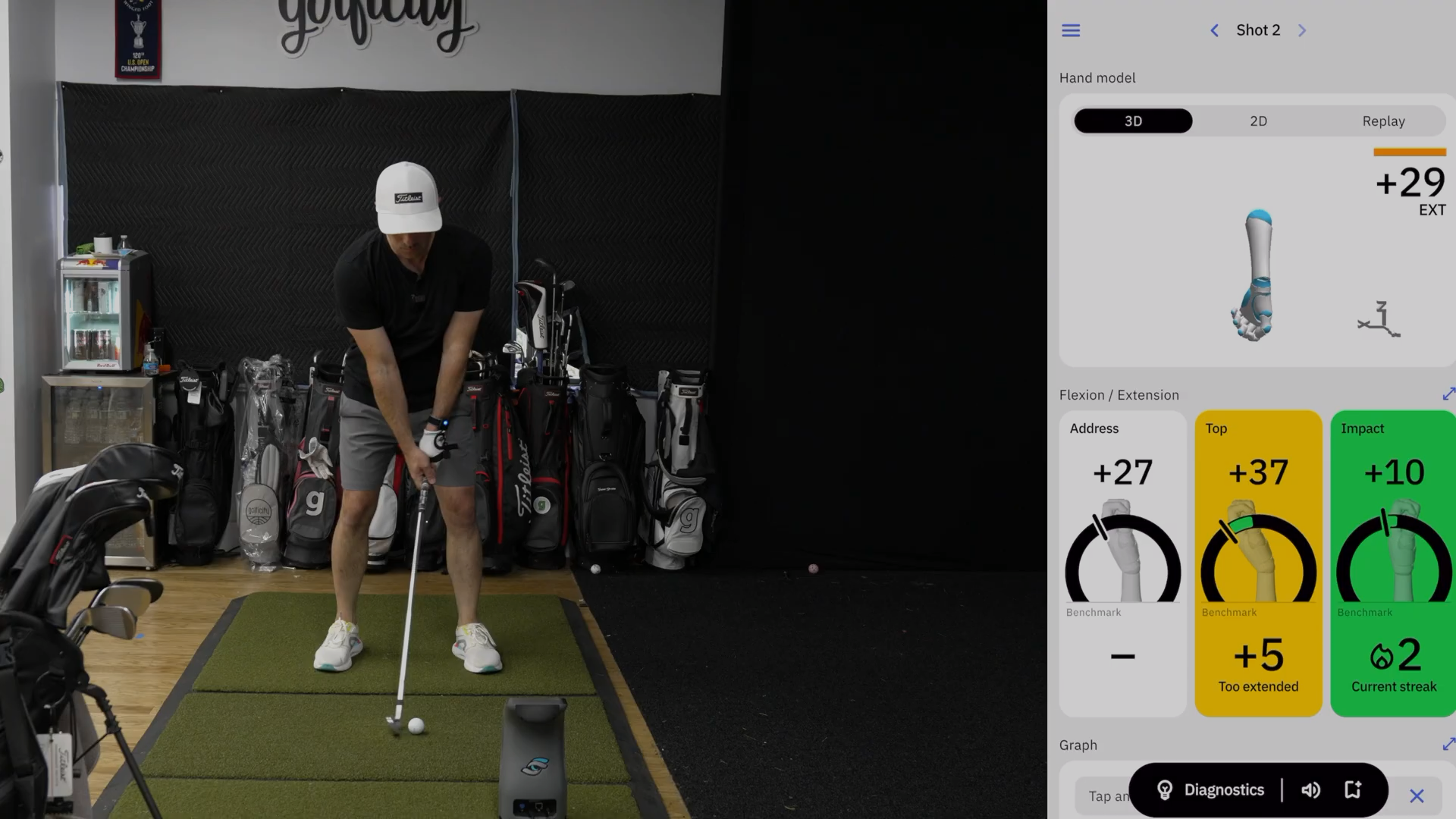

Golficity
See how HackMotion has changed Golficity's game.


RotarySwing
Master wrist angles like Chuck Quinton with HackMotion.

Lets Play Thru
Improve your downswing accuracy with HackMotion – trusted by pros.
All HackMotion products use the same cutting-edge hardware.
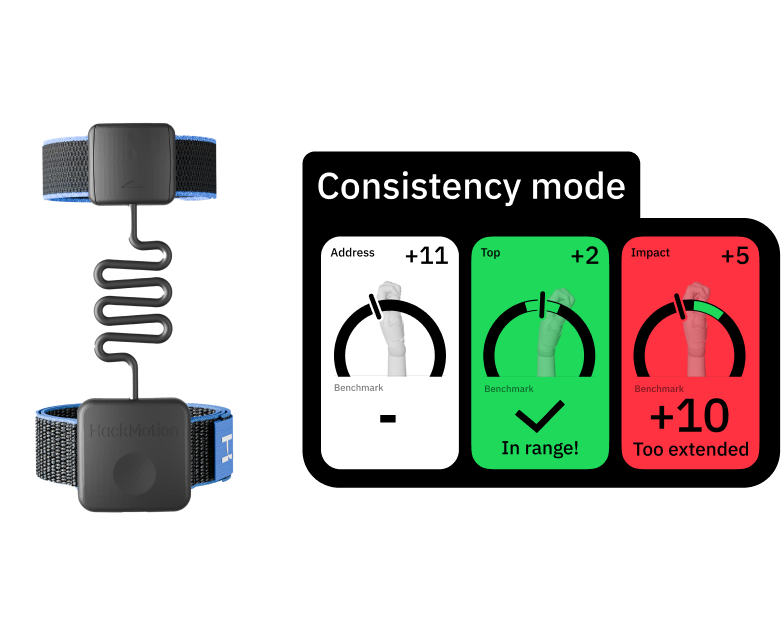
For players who want to improve clubface control and full swing consistency by optimising wrist angles
Product includes
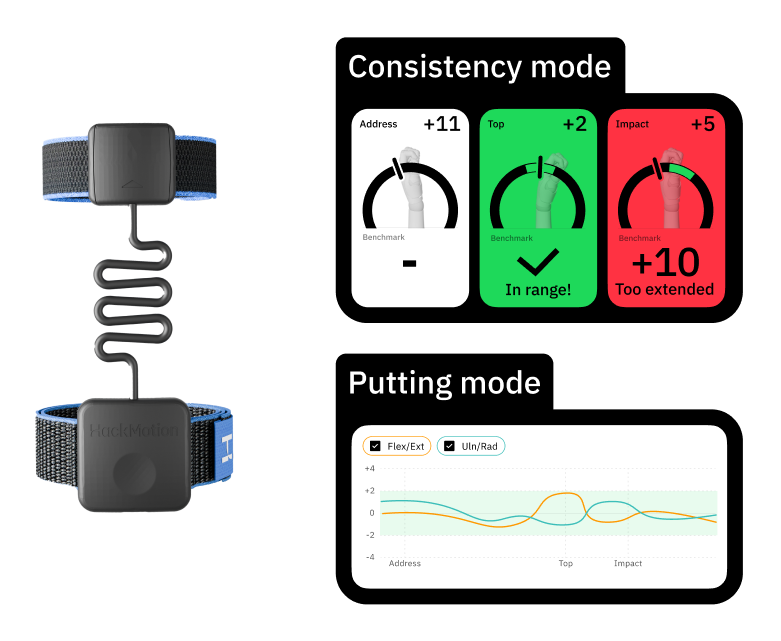
Work on your whole game by optimizing both the full swing and putting. Reach your peak performance.
Product includes
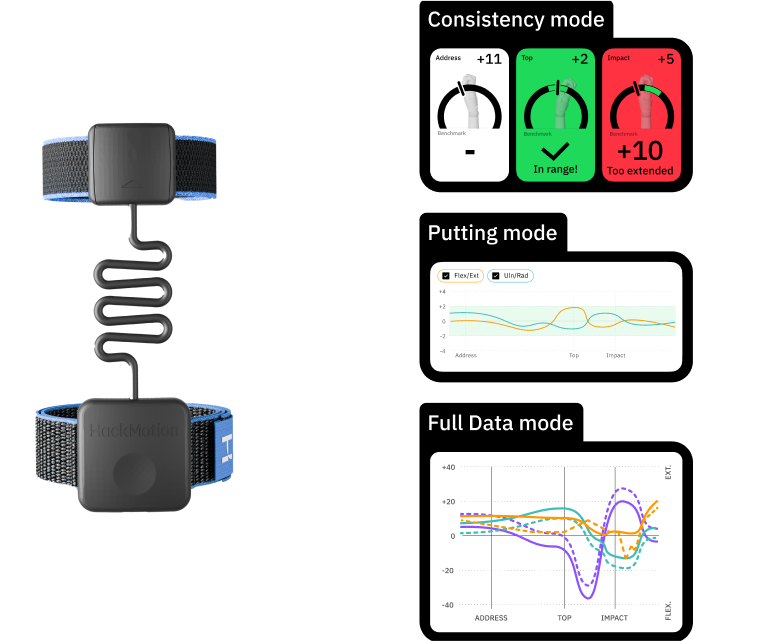
All the wrist data, tour data and analytics for both hands in the ultimate feature package.
Product includes
Copyright 2025 © HackMotion | All Rights Reserved